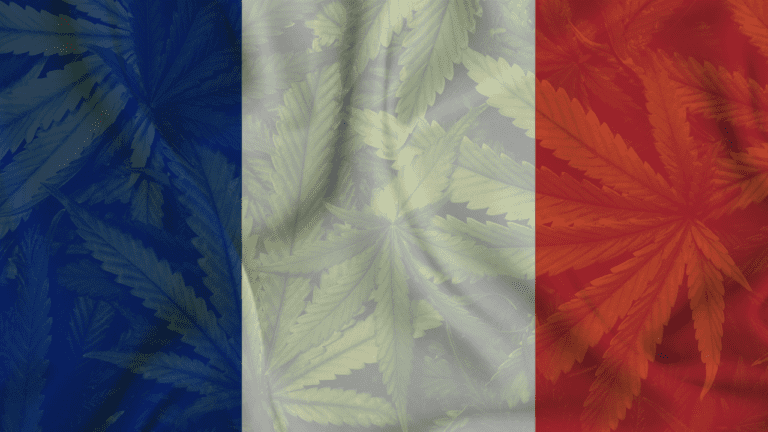The History of Hash.
The word “hashish” comes from the Arabic word for grass, which is هاشم (hāshim). Hashish is also known by a number of other names, including hash, hashish oil, and simply as oil.
Hashish is made from the resin of the cannabis plant. Cannabis resin is produced when the flowering tops of female plants are harvested and dried. The resin is then separated from the plant matter and formed into bricks or balls. These bricks or balls are then ground into a powder or smoked.
Hash oil is a type of hashish that has been extracted using a solvent such as alcohol or petroleum ether. The oil is then evaporated to leave behind a sticky, dark-colored liquid that contains high levels of THC (tetrahydrocannabinol). THC is the main psychoactive component of cannabis.
Hashish is typically smoked in pipes or joints (marijuana cigarettes). It can also be added to food or beverages and ingested. When smoked, hashish produces a feeling of relaxation and euphoria. Some users may also experience visual hallucinations and an altered sense of time. The effects of hashish typically last for two to four hours.
Hash in the Ancient World
Hashish use can be traced back to early Mesopotamia. Hashish was mentioned in the Ebers Papyrus, an Egyptian medical text dating back to 1550 BC. In this text, hashish is described as a remedy for various ailments, including headaches, infections, and pain. Hashish was also used in ancient Greece and Rome. The Greek historian Herodotus wrote that the Scythians, a nomadic people who lived in what is now Russia and Ukraine, would use hashish to get high before going into battle. The Roman physician Pliny the Elder also wrote about the use of hashish, and he noted that it was often used as a treatment for seizures.
Hashish continued to be used throughout the Middle Ages and the Renaissance. In the 13th century, Marco Polo wrote about encountering hashish in his travels to China. He described it as a black paste that was smoked in a pipe. Hashish was also used by the Assassins, a secret society in medieval Persia that was known for carrying out political murders. The Assassins would use hashish to make themselves feel brave and invulnerable before carrying out their deadly missions.
In the 18th century, hashish began to spread to Europe, where it became popular among intellectuals and artists. The French writer Voltaire was a known user of hashish, and he even wrote a short story about his experiences with the drug. In the 19th century, hashish became associated with the Bohemian lifestyle in Europe. Artists and writers would often gather in cafes and smoke hashish together.
Hash in the Modern World
Hashish was introduced to Europe by explorers returning from the East. Hashish became popular among artists and intellectuals in the 19th century, particularly in France and Spain. In the 20th century, it was used extensively by hippies during the countercultural movement. Hashish is still used today as a recreational drug in many parts of the world.
Hashish has been used for centuries in Asia, the Middle East, and Africa as a recreational drug. The earliest known use of hashish was in India in the 11th century. It then spread to the Middle East and Africa, where it was used by medieval Sufi mystics. In the 16th century, hashish was introduced to Europe by explorers returning from the East. Hashish became popular among artists and intellectuals in the 19th century, particularly in France and Spain. In the 20th century, it was used extensively by hippies during the countercultural movement.
Today, hashish is still used recreationally in some parts of the world but its use is largely overshadowed by marijuana. In recent years, there has been a renewed interest in hashish as a potential medical treatment for conditions like pain, anxiety, and epilepsy.








